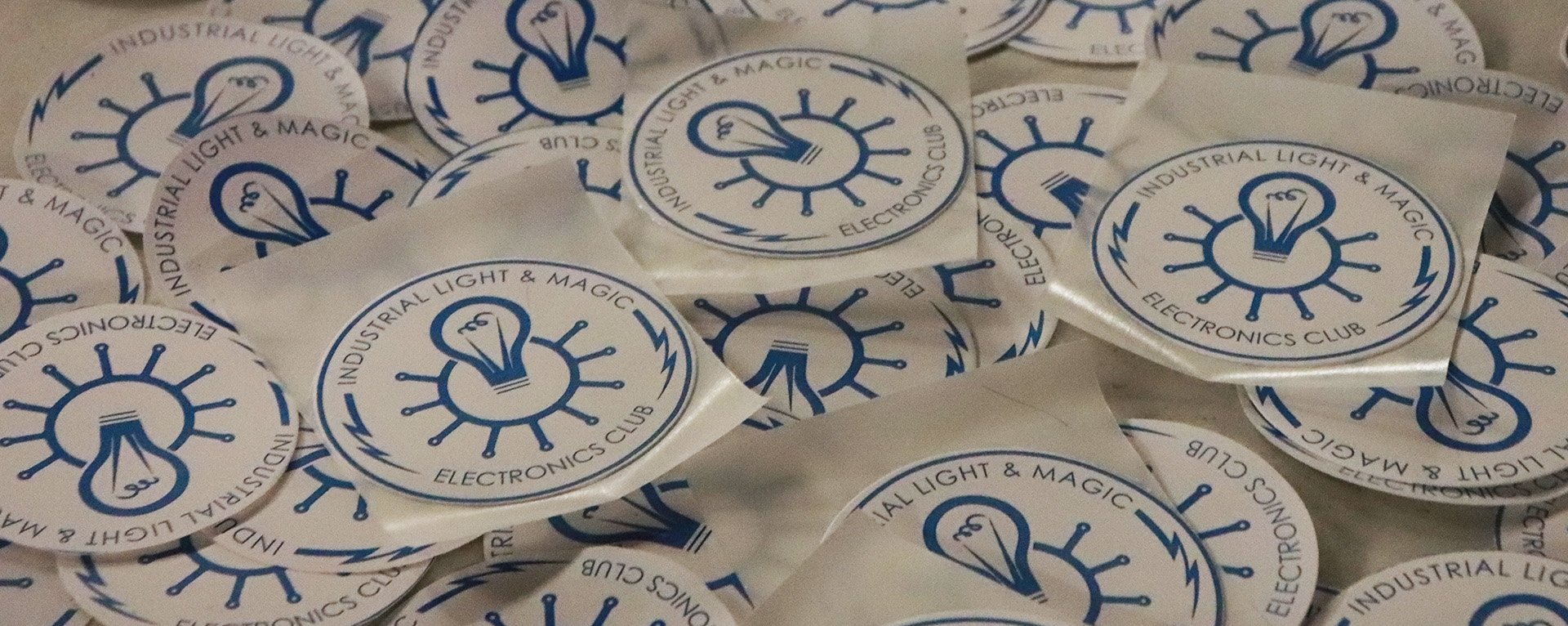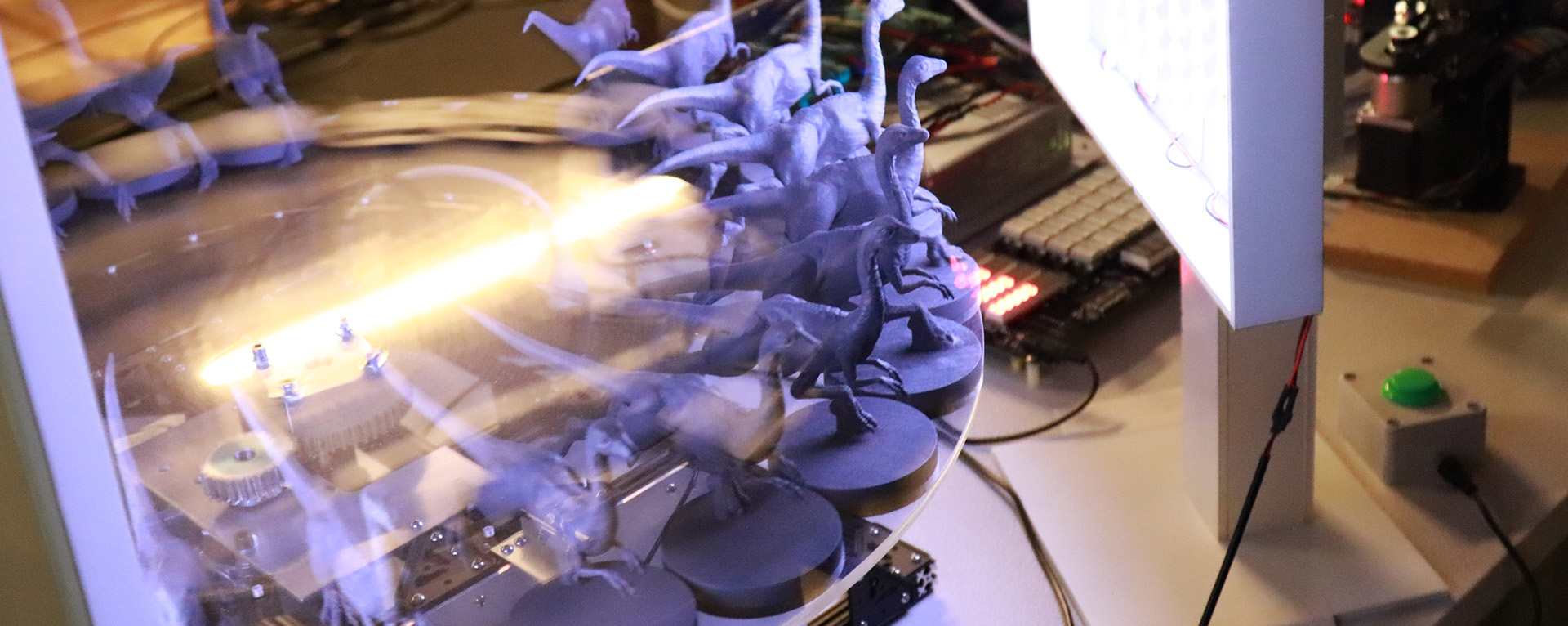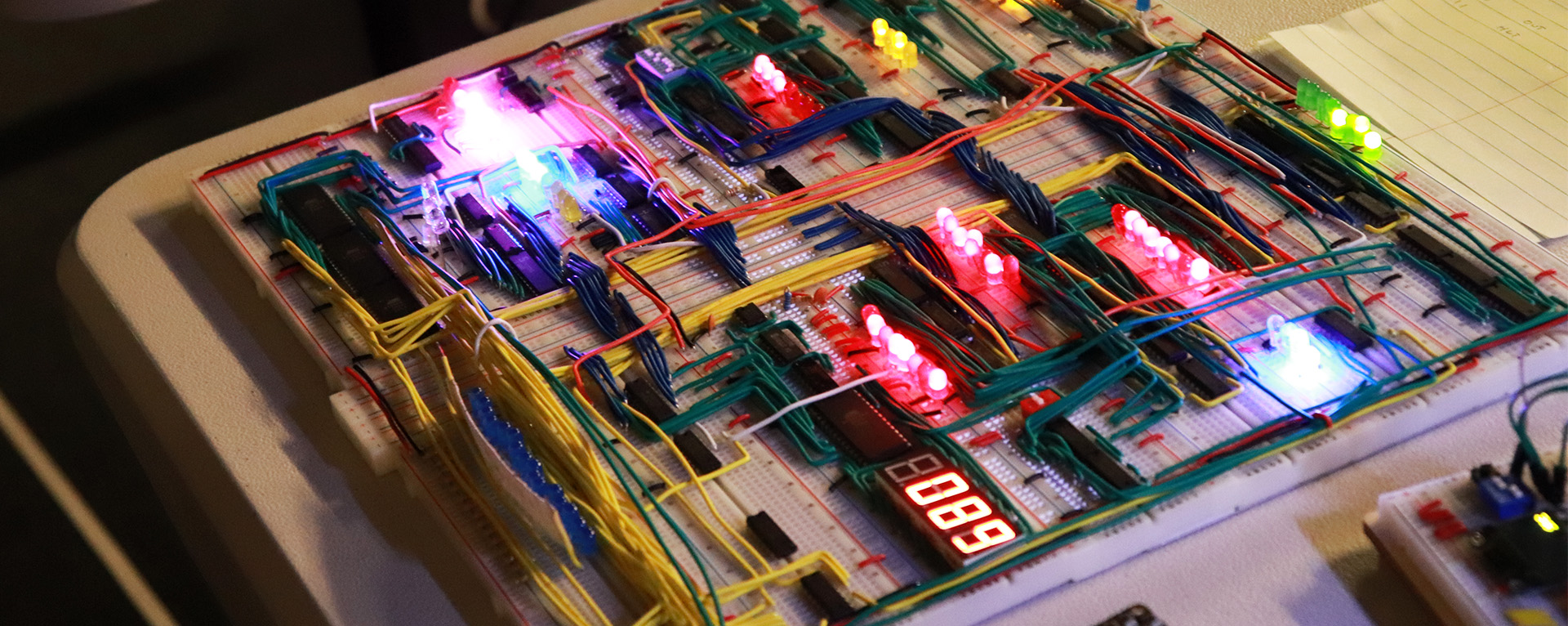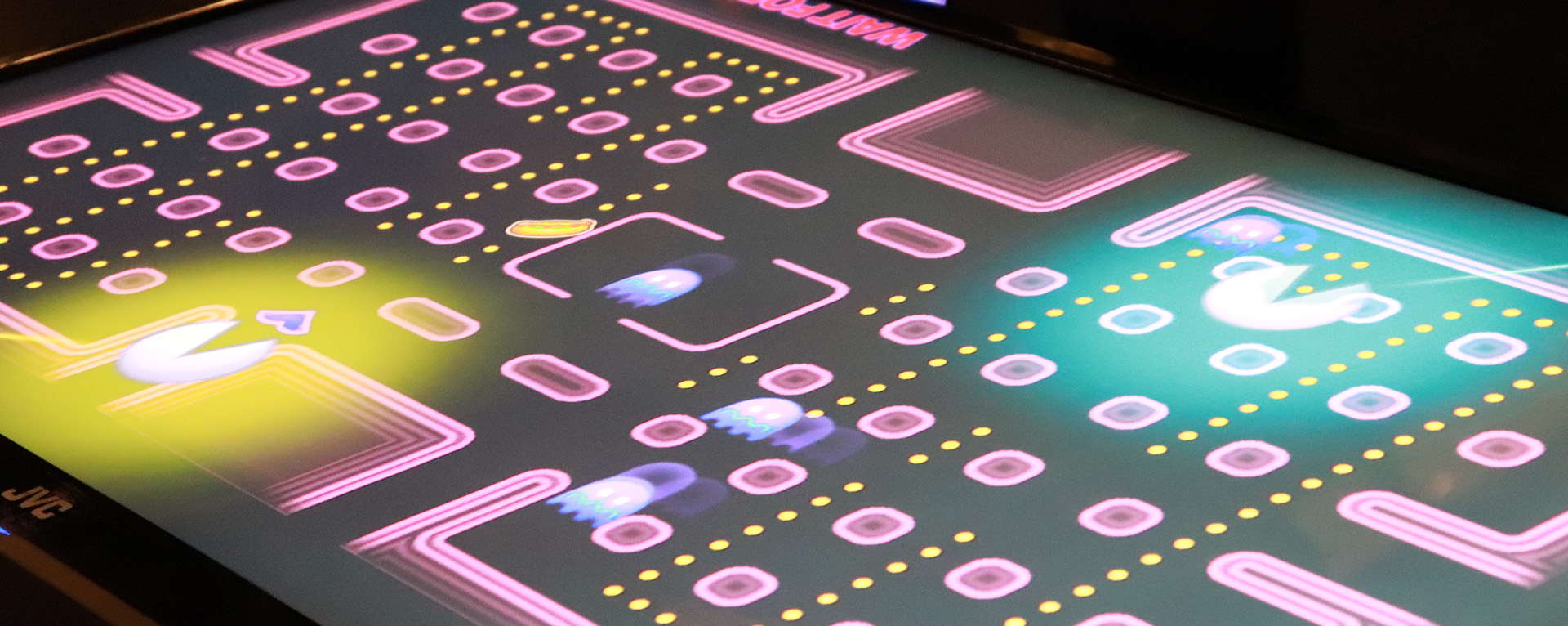ILM Electronics Club Hosts Inaugural Science Fair
Technology Meets Creativity At Our San Francisco Campus
Earlier this month, our company’s spirit of creative ingenuity (and fun) was on full display at the inaugural Science Fair, hosted at our San Francisco campus by the Industrial Light & Magic (ILM) Electronics Club.
“It’s an amazing group of people who are very smart and want to have fun making things that do something you don’t expect,” said ILM texture supervisor Jean Bolte about the Electronics Club. “It works to foster knowledge, understanding and growth no matter what technical level of expertise you bring to the table,” added Daryll Jacobson, senior manager, Lucasfilm Information Technology. “This openness and desire to help folks grow is part of the larger positive culture within Lucasfilm.”
With entertaining and accessible projects on display (and a cool raffle to benefit charity), the Science Fair allowed everyone from “new hires and 30-year employees to interact as peers and really learn a lot from each other,” as systems engineer Trent Bateman explained. More than a dozen participants interacted with hundreds of employees, showcasing everything from 3D-printing, automation, arcade games, animatronics, and motion-control photography.
Trent Bateman presented a home-built 8-bit computer which he described as “a learning tool, both in creation and operation, and is designed to teach someone how all the common parts of any computer work.” Bateman also brought along his consumer-grade 3D-printer “to show how approachable the technology currently is.”
Daryll Jacobson reconstructed a mid-1960s portable television unit, replacing its original components with a micro-computer capable of streaming modern shows and movies. “Streaming is the future,” Jacobson winked, “but it is good to reflect on the past for inspiration.”
Jean Bolte brought her theremin, “an electronic musical instrument that is played without touching any part of it,” as she noted. Bolte also displayed two programmed animatronics: a mesmerizing owl with swiveling head and illuminated eyes, and a painting with four servos each rotating a hand at the corner of the frame. “I’ve been interested most of my life in artwork that moves,” said Bolte. “That’s what has drawn me to animatronics throughout my career.”
Another animatronics enthusiast was pipeline technical director Will Muto. Inspired by the Imagineers and Disney Research teams with whom ILM often collaborates, he turned a motorized Halloween decoration into an animatronic with a microcontroller and accompanying animation software. Muto could operate “live” via the software or “offline” direct from the microcontroller. “Part of my day job is writing plugins for animation software,” said Muto, “so this project was a fun application of that. It also was a chance for me to learn about areas where I have much less knowledge, such as hardware.”
Lead visual effects editor Lorelei David was another who showed multiple projects. One work-in-progress was a theremin visualizer, “a small device which gives me visual feedback through color when I’m playing my theremin,” David explained (she also plays the instrument in her band, The Society of Rockets). Another was a custom soundboard modified to play sound snippets of her child’s voice (made as a gift for grandma and grandpa). “If you press the buttons too fast, it causes everything to crash and I have to reboot. It has an uncanny resemblance to what happens to me when my kid pushes my buttons too fast!”
Another sound-based project was the “Syntherama,” made by layout supervisor Tim Dobbert. The Electronics Club inspired Dobbert to finally realize his dream of making scratch-built synthesizers, so he created two analog and two digital devices, as well as an oscillator circuit controlled by lights from his phone. “I’m still learning,” said Dobbert, “but the great thing about the Electronics Club is that there are lots of folks to help you troubleshoot or bounce ideas off of.”
A number of Electronics Club members are interested in home automation technologies, so effects supervising technical director Pat Conran wondered how home automation could be more fun. His “Luddite Jedi” device allows people to “swipe left or right in a ‘these are not the droids you are looking for’ kind of way,” Conran explained, “and a finger then reaches out and turns the light on or off.” He added that “there is such a long tradition here of making physical animatronic characters, so it feels very in keeping with that part of ILM’s history.”
Media systems engineer Paul DeBaun combined his passion for computers (something his father shared with him) with a love for arcade games, showcasing a “PacMan Battle Royale” multi-player arcade cabinet made of scavenged parts from “an old TV, computer, speakers, and rolling credenza,” DeBaun noted. “I 3D-printed the joystick and button assemblies and added lights. Then it was just a matter of buying the game and mapping the controllers and assembling it all.”
Other entries included a mini-arcade game from R&D engineer Alex Suter, the “Edidoom” by principal graphics engineer Lutz Latta, vintage devices by senior animator Michael Easton, an iPhone timelapse camera with custom track by Paige Warner, and a motion-control camera rig and mesmerizing zoetrope (with dinosaurs, of course) by chief creative officer John Knoll.
For some participants, their projects allowed them to demonstrate technical skills that are part of their jobs within the company. For others, the Electronics Club presented a welcome opportunity to branch out. “I work in IT, so computing is my day job,” said Daryll Jacobson. “Understanding electronics allows me to expand upon standard computing principles so that I can create fun little projects outside of the box that us IT folks usually have to work within.”
Paul DeBaun added that “whether it be something that is related to your job or something that isn’t, we all came together to make a really neat demonstration for everyone and had a good time in the process. It shows that the culture of ILM is strong and embraces all kinds of creativity!”
For everyone, both the Club and the Science Fair embodied “what’s special about ILM,” as Tim Dobbert put it. Lorelei David celebrated the “nerdiness” of ILM as “the shared DNA of this company, which is what makes us a family.” Will Muto said that “everyone who I work with directly at ILM (as well as Lucasfilm at large) is incredibly generous with their time and knowledge, and are always excited to share what they have been working on (as well as empowering those around them). The Science Fair was a perfect example of that.”
“We were surprised and happy to see so many people show up for our ‘nerd club fair’ and have such a good time,” said Jean Bolte. “I’m guessing we’ll be doing it again.”
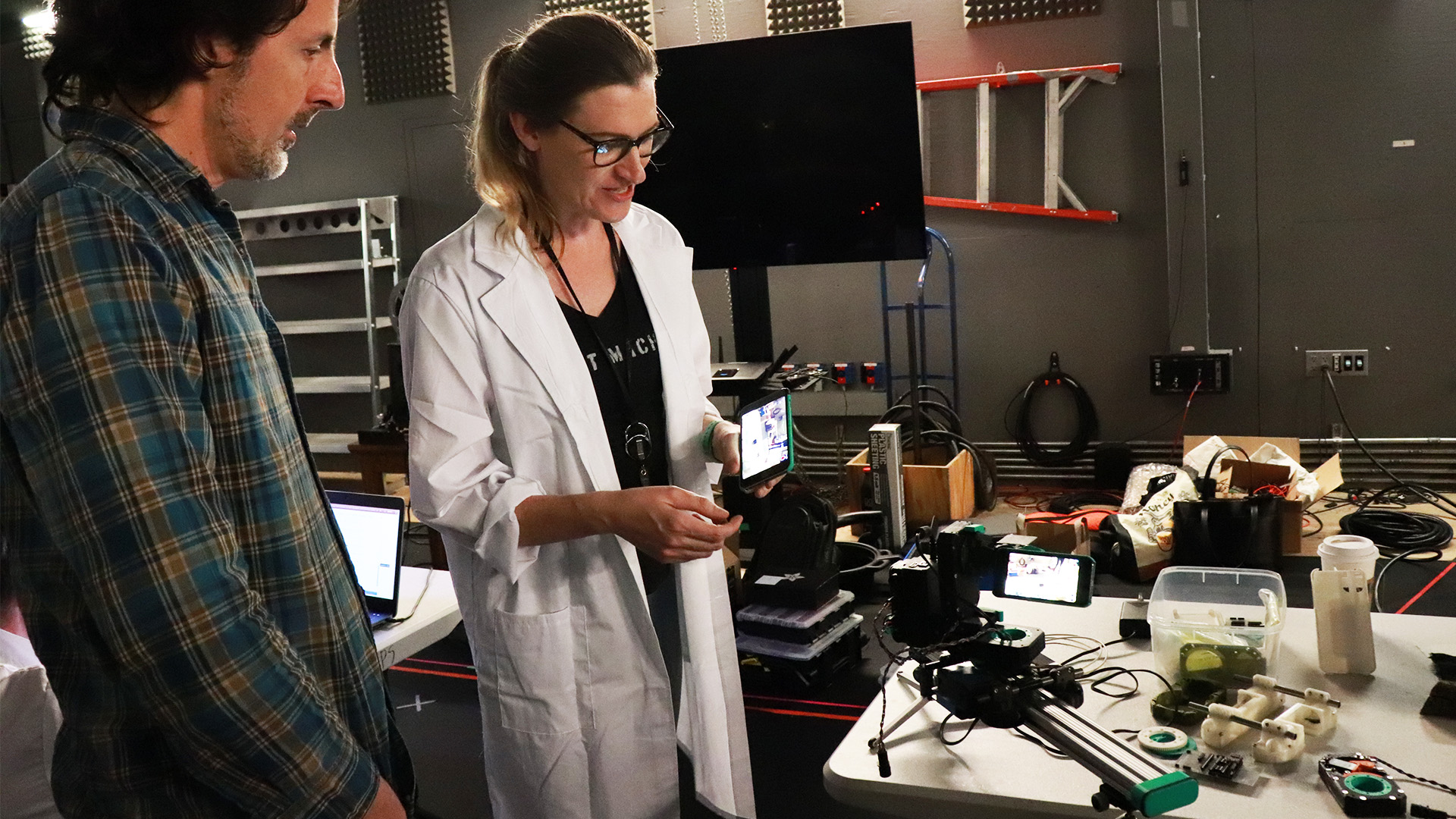
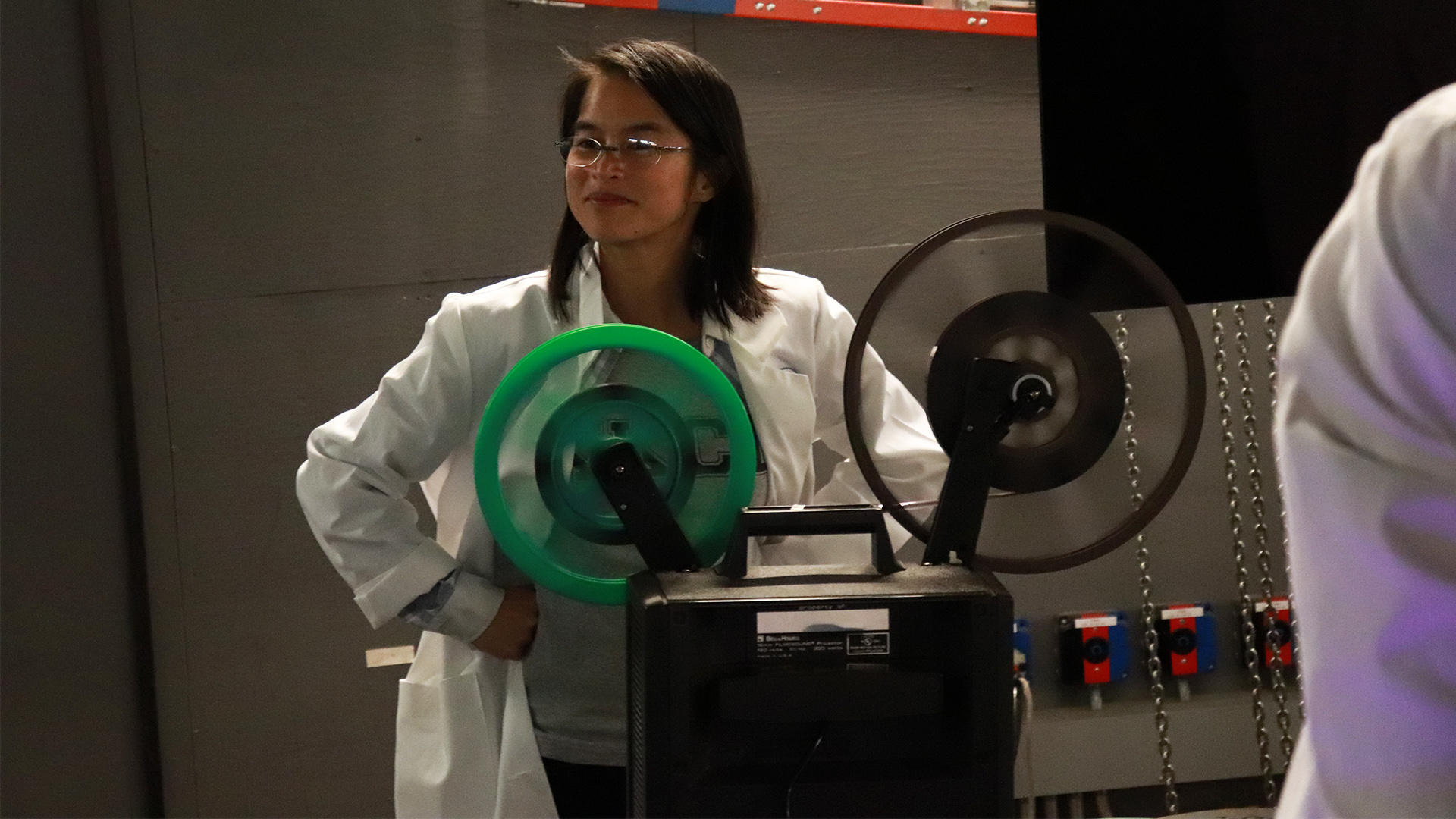
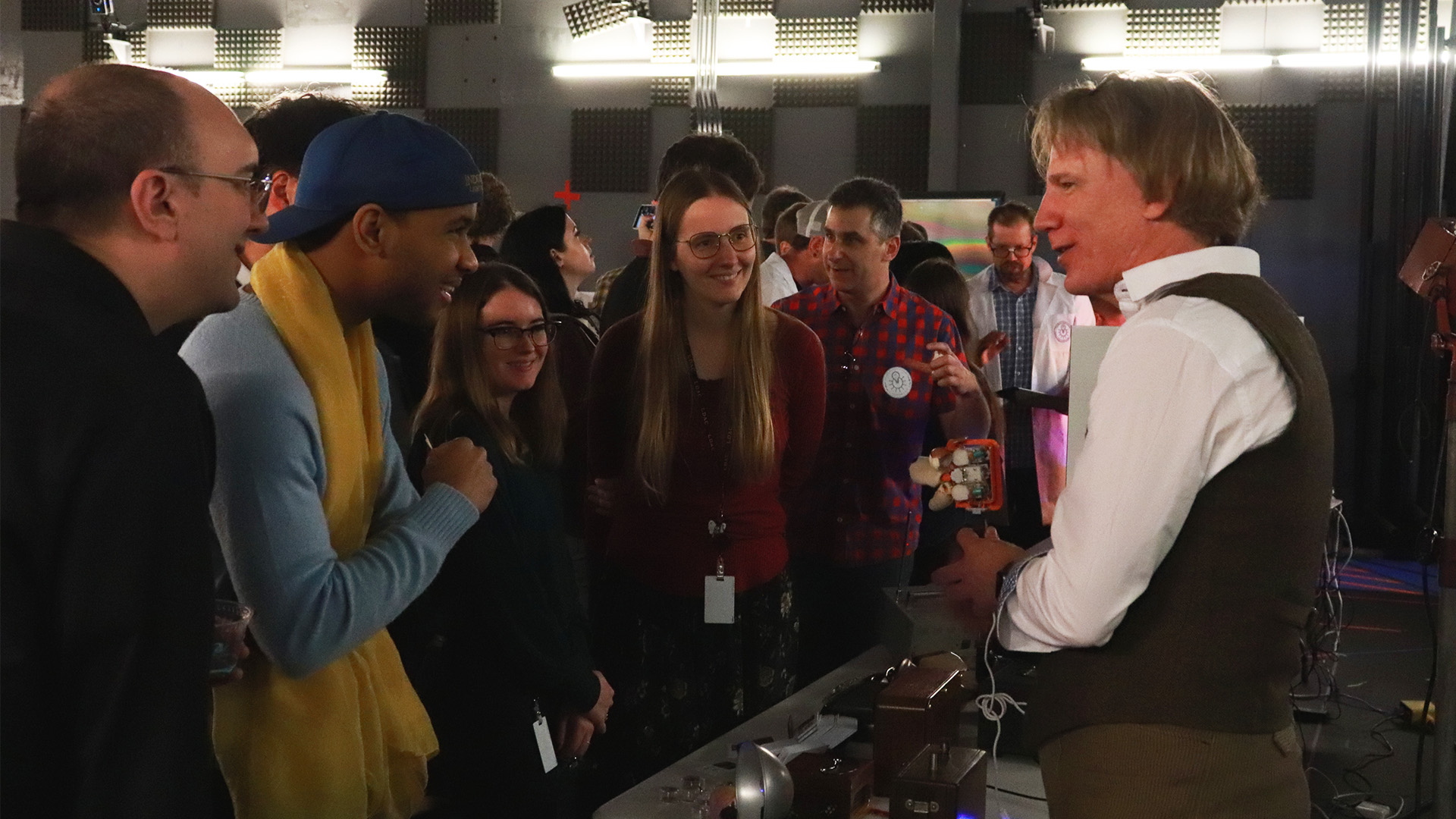
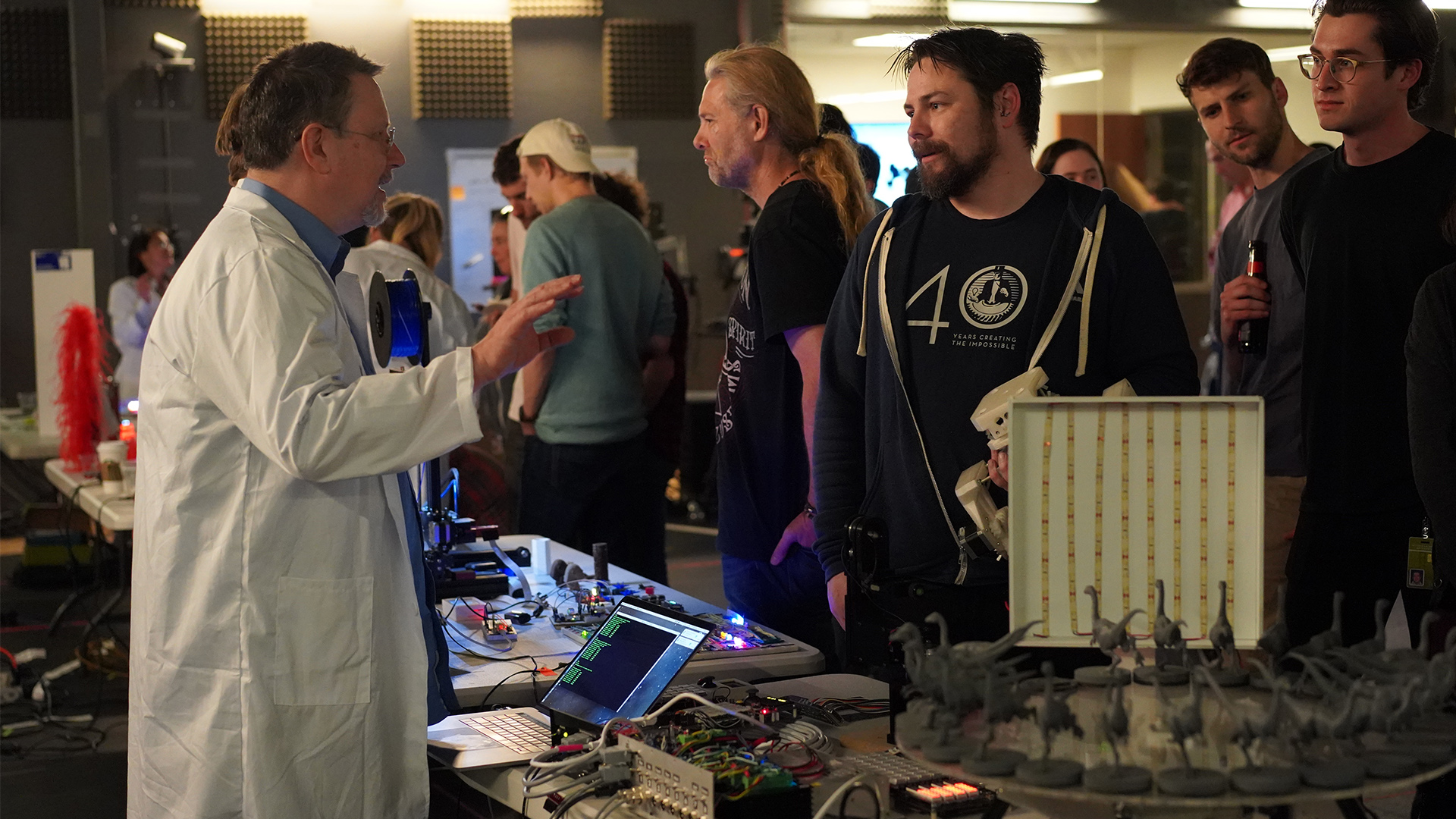
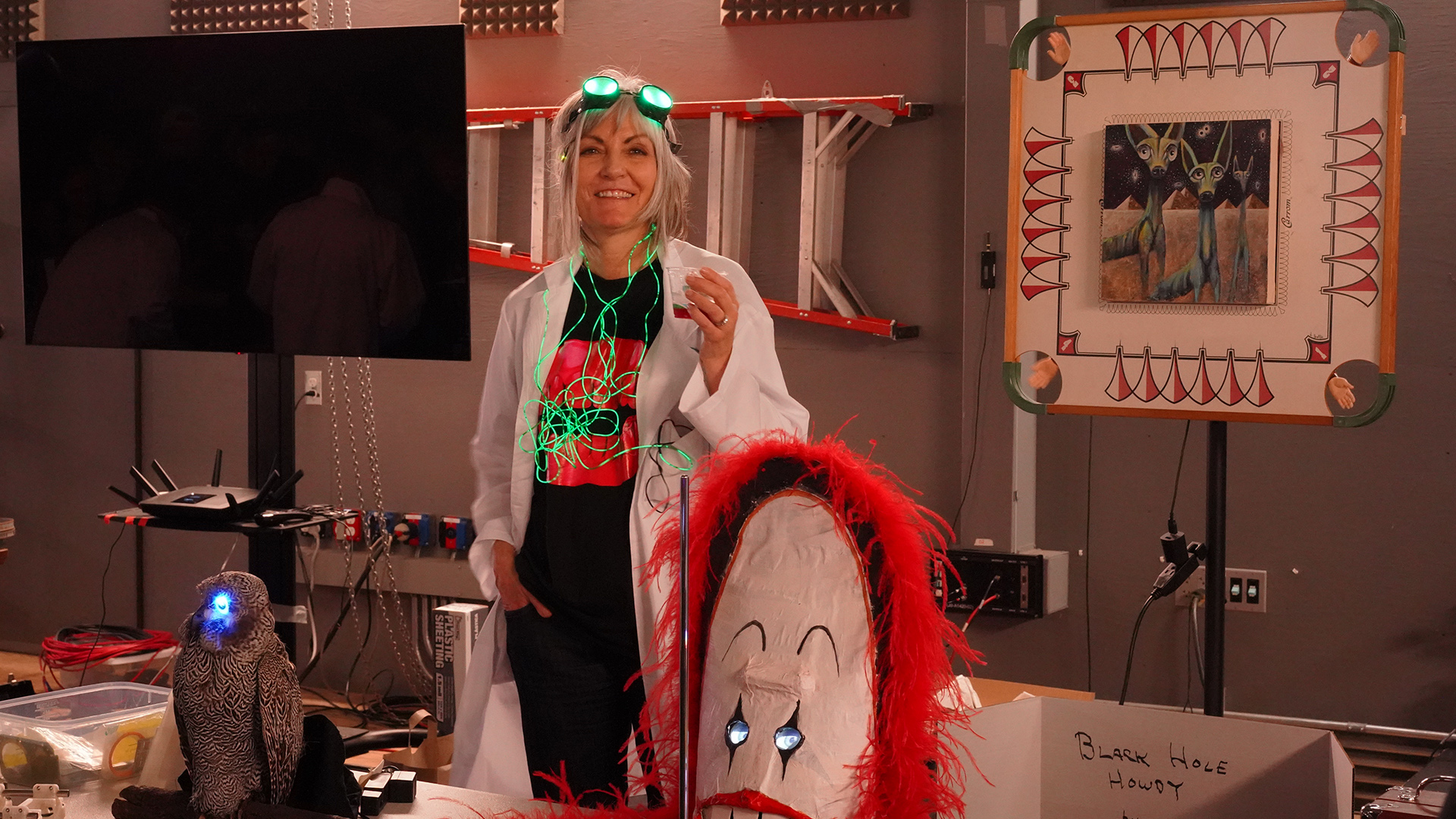
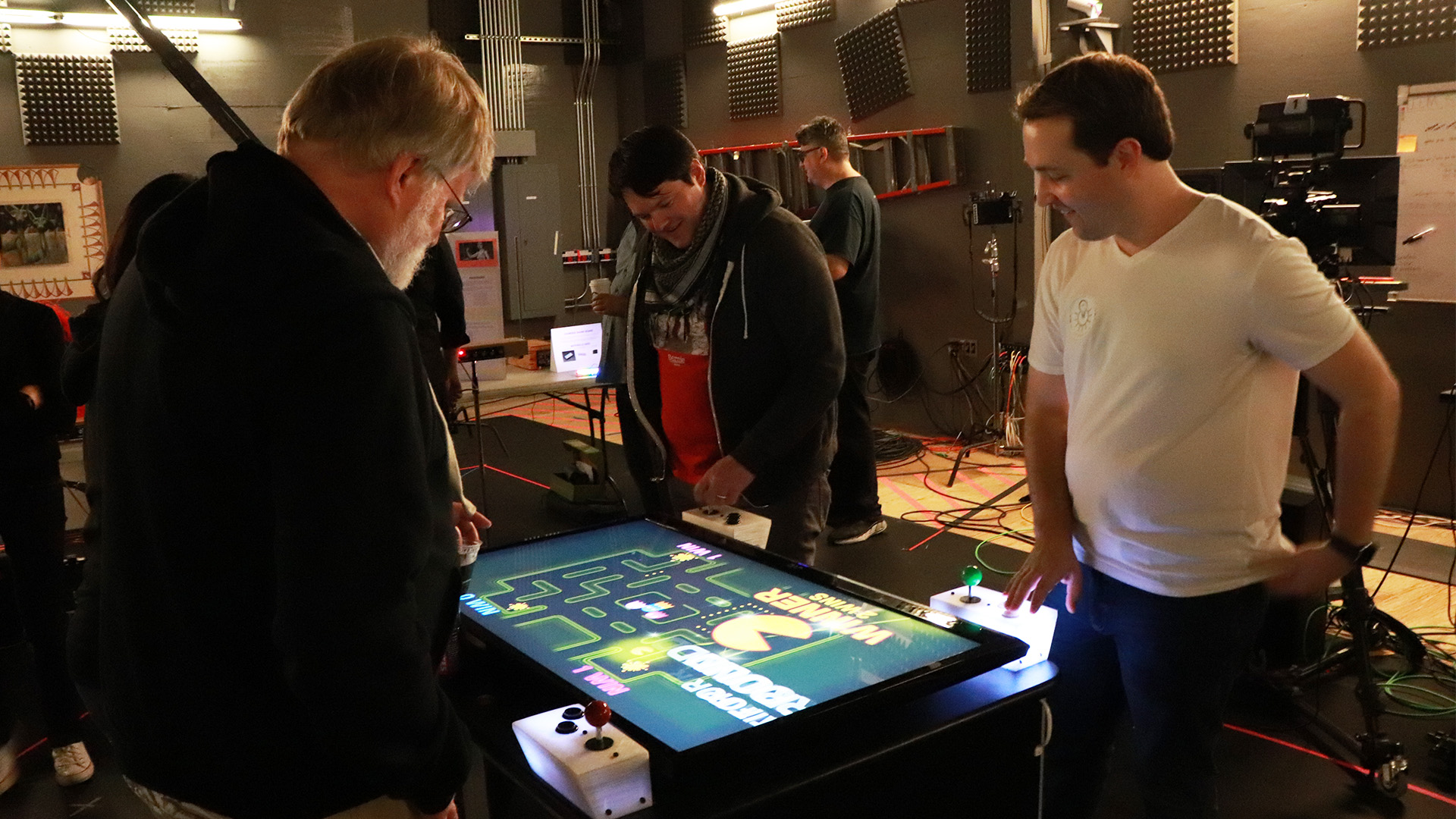
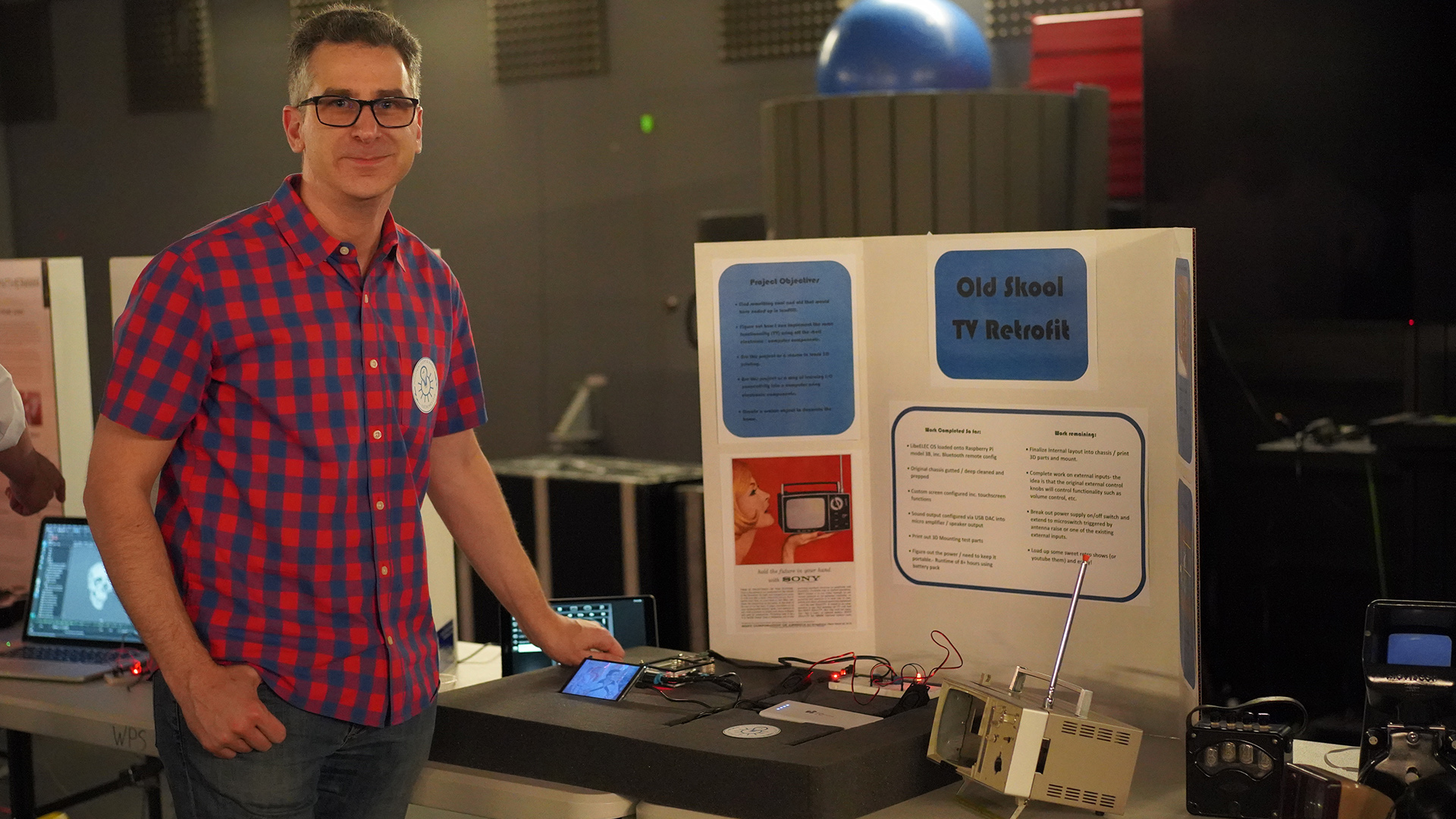
And don’t miss the video coverage below, courtesy of ILM.
Lucas O. Seastrom is a writer and historian at Lucasfilm.

